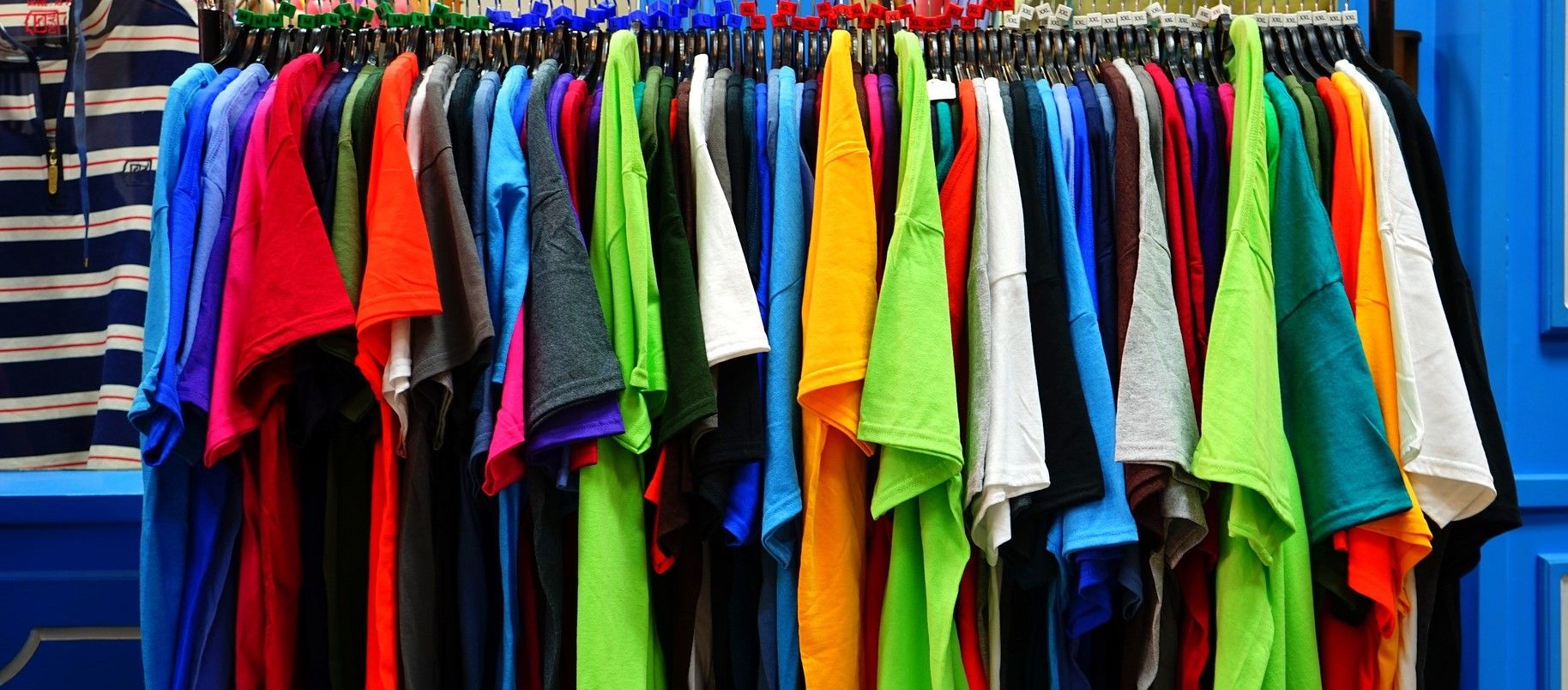As the global pandemic rages on, product designers everywhere are looking to make their products safer against infection.
Nanotechnology is now at the forefront of making a more sterile world by adding nanoparticles to everyday products to make them antibacterial and antiviral.
Copper Nanoparticles Make Anti-Viral Cotton and Polyester
One such breakthrough was made through a collaboration of research based at the University of Manchester in England, and China’s Northwest Minzu University and Southwest University. Together they have created a ‘durable and washable, concrete-like’ composite material made from antibacterial copper nanoparticles.
The researchers chose nanoparticles of copper, as it is much cheaper than the more commonly used gold or silver. However, this change in raw material meant that the team needed to devise a new process for attaching the nanoparticles to the fabric.

As the healthcare journal Medical Xpress notes, “… using a process called ‘Polymer Surface Grafting’, the research team has tethered copper nanoparticles to cotton and polyester using a polymer brush, creating a strong chemical bond. The researchers say it is this bond which has led to excellent washable properties and durability. These developments could finally see copper-covered uniforms and textiles commercialised in the future.”
As Dr. Xuqing Liu, the study’s lead author, states, “Now that our composite materials present excellent antibacterial properties and durability, it has huge potential for modern medical and healthcare applications.”
The study has been published in the Journal of Nanomaterials.

Silver Nanoparticle Biopolymer Kills Microbes
A further development in the field of nanotechnology promises to make hard surfaces antibacterial with a composite of bacterial cellulose with silver nanoparticles.
Metallic nanoparticles have long been known for their ability to kill microbes, but attaching them to practical materials without losing their antibacterial or anti-viral properties has always been a challenge.
Now a team from Russia has created a natural biopolymer by synthesis from the microbe Gluconacetobacter hansenii.

The discovery was made by Tatiana Gromovykh of the I.M. Sechenov First Moscow State Medical University, who has now published her work in the journal Carbohydrate Polymers.
Here the study explains how, “Metal-vapor synthesis was used to embed nanoparticles of silver metal with diameters of between in 8 and 12 nanometres in the biopolymer. Biological testing showed the composite to be active against three important types of potentially pathogenic bacteria, Escherichia coli, Staphylococcus aureus, and acid resistant Bacillus coagulans.”
While the coating did not function as a fungicide, having no effect against Aspergillus niger nor Candida albicans, it destroyed other organic cells and microbes, giving it great potential for use in antibacterial coatings, such as on medical equipment.
In further laboratory tests, the nanoparticle biopolymer even attacked human melanoma cells and mesenchymal stem cells, suggesting that it could be the basis for a treatment against skin cancer tumours.
Multi-Metal Nanoparticles Create Virus-Killing Fabric
A third breakthrough has been made by scientists from the Czech Republic, who have worked in cooperation with the Prague-based company AG CHEMI GROUP to develop a fabric with antibacterial and anti-viral properties. The product is called NANO AB PC-22 and is based on nanoparticles of copper, zinc, silver, gold, and cerium that are embedded into fabrics.
The result is a fabric which the company claims kills 99.9% of all known viruses and bacteria.
It is a textile with the possibility to make hospital linen, doctors’ gowns, and nurses uniforms microbe-free and has clear commercial value. For this reason, the company is hoping to start production before the end of the year.
As the company’s founder and CEO, Igor Sevcenko, explains, “There are now fixed plans to open a NANO DEVELOPMENT CENTER in Kladno, Czechia by the end of 2020.” Adding that, “We are now looking for new, well-educated staff to join our team on nanoproduct manufacturing next year.”

These three discoveries have shown the great potential that nanomaterials have in making a safer, cleaner world. Given the turmoil created by a single strain of coronavirus, it is at least comforting to know that technology and industry are providing solutions to keep people healthy.
Photo credit: Sasin Tipchai from Pixabay, MikesPhotos from Pixabay, semanticsscholar, & Free-Photos from Pixabay